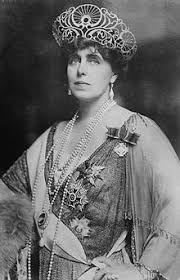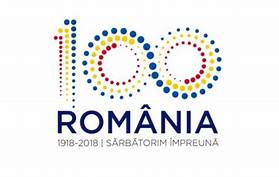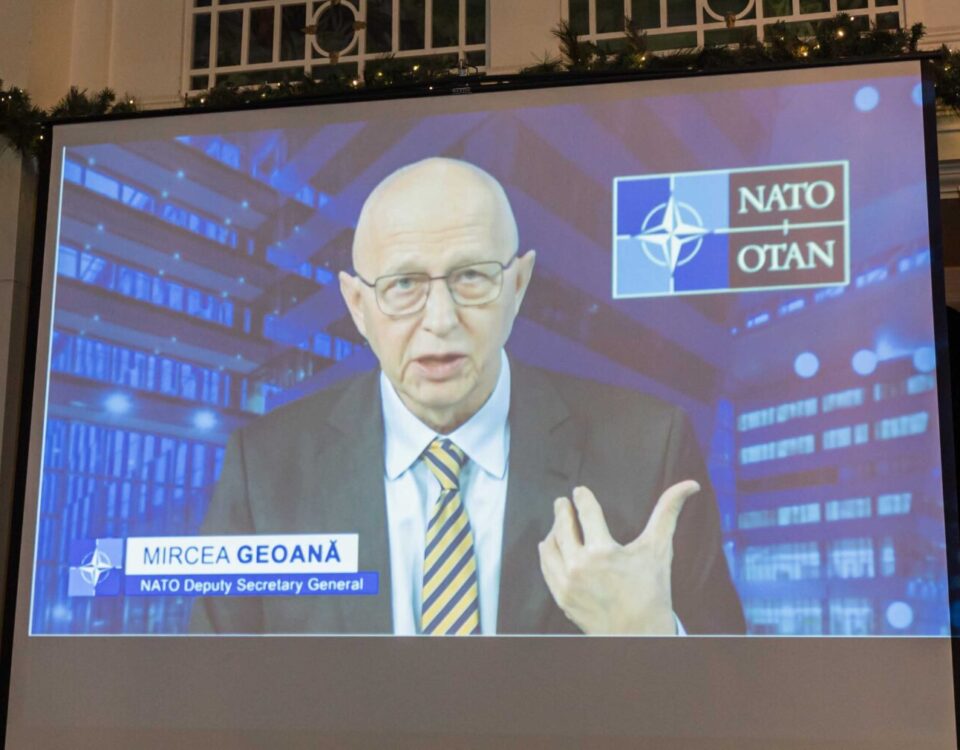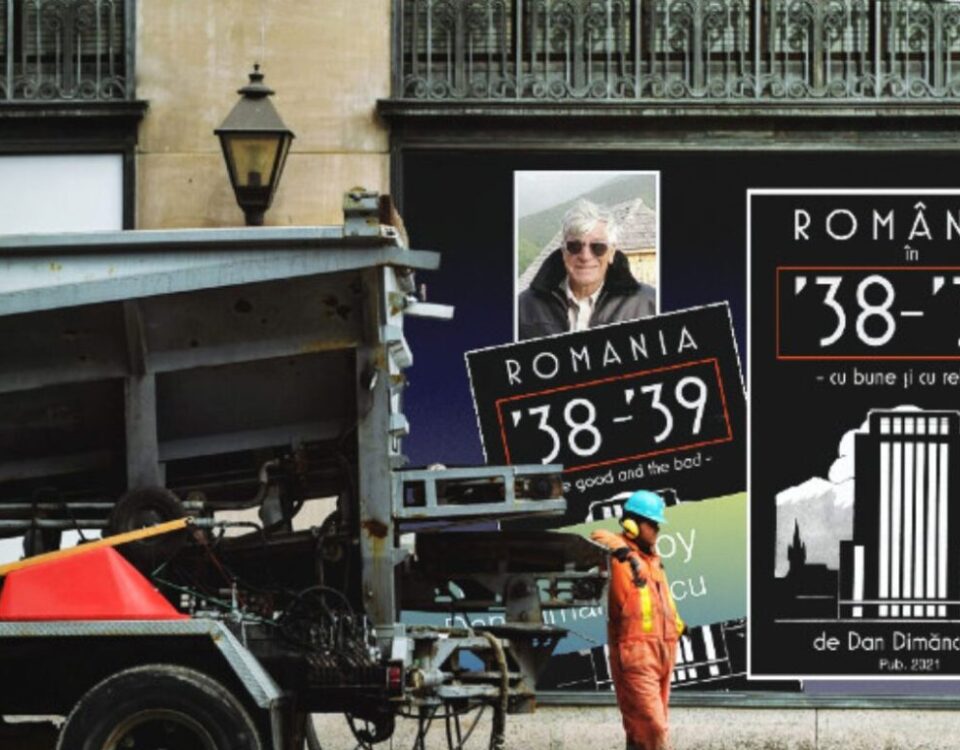 Queen Marie: Multi-media perspectives
Queen Marie: Multi-media perspectives
On December 1, 2018, Romanians and their friends worldwide celebrate the Romanian Centennial. But few know just how important Queen Marie was in navigating her country post World War I to a position of relative strength. This year’s Alianta Gala theme examines the revered Queen, lovingly adopted by her host country, and her role in securing a brighter future for Romania.
Alianta Gala attendees are invited to linger over the rich historical photographs curated by Prof. Nicolae Pepene of the Brasov County History Museum; and enjoy a ‘sneak peek’ of a new documentary about Queen Marie.
Queen Marie, Irresistable Ambassador of Romanian History Photograph Exhibition
The photo exhibition is about the most beautiful symbol of the Centenary of Great Romania: Queen Marie. An irresistible ambassador of Romanians for public opinion from Western Europe and North America in the interwar period, Queen Marie, became an inspiration for promoting Romanian history, traditional art and pride. The historical photo exhibition presented in Washington also contains more images about the visit of the Romanian sovereign to the US capital in 1926.
The project Queen Marie, the irresistible ambassador of Romanian history and traditional art is being developed by the Forums Association in partnership with the Brasov County History Museum and is funded by the Ministry of Culture and National Identity during the sessions of events and projects for the anniversary of the Centenary of Romania (1918-2018).
‘Marie, heart of Romania’ Documentary set to Premiere
Meanwhile, a new television project about Queen Marie is nearing completion. Producer John Florescu is giving Alianta Gala attendees a ‘sneak peek’ at his latest documentary, Marie, Heart of Romania. This project comes after his critically acclaimed film about King Michael,
 We asked John what drove him to the Romanian subjects of King Michael and Queen Maria and create these film documentaries?
We asked John what drove him to the Romanian subjects of King Michael and Queen Maria and create these film documentaries?
It really goes back two generations in our family. My grandfather was a diplomat to the government serving the Romanian Royal family, and, in the 1930’s, was posted to Berlin , Washington and London. My father was a historian at Boston College. He wrote dozens of academic article and books. He wrote six books on Vlad Tepes, for example, helping a mass audience understand the historical roots of the ‘Dracula’ legend.
I am doing with television what my father did with his books. Because of the communist legacy, many Romanians don’t have a clear understanding of their own history. I’m happy if I can help raise this awareness about Romanian history and heritage.
Queen Maria was born in the UK as part of the British Monarchy. How did she become such a powerful force and beloved figure far from her native land?
Indeed, she was a member of the British royal family – Granddaughter of both Queen Victoria and Tsar Alexander II of Russia. She could very well have been England’s next queen – but ended up marrying Crown Prince Ferdinand for dynastic reasons. In star-terms, she was the “Lady Diana” of her day. Eventually, her relationships and status critically helped Romania at the Versailles negotiating table at the close of the War, which enabled Romania to get back Transylvania.





